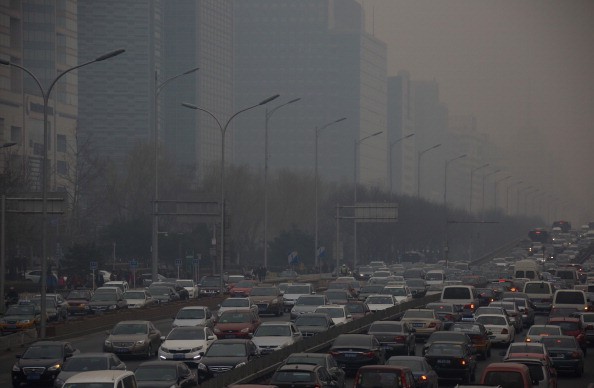According to the Chinese capital’s environmental bureau, 180,000 old, polluting vehicles have been removed from Beijing’s streets from January to April of the current year. The move is a part of the city’s efforts to address its congestion and smog problems.
In 2015, an action plan requiring Beijing to remove a total of 1 million old vehicles from 2013 to 2017 was published. To meet the target, 300,000 vehicles must be taken off the city’s roads.
Late on Thursday, May 5, the Beijing Municipal Environmental Protection Bureau said that there is a total of 5.7 million vehicles in the city. The vehicles are accountable for 50 percent of the capital’s nitrogen oxide emissions, a key source of smog.
Environment minister Chen Jining said earlier this year that 31 percent of the Chinese capital’s total particulate matter is caused by traffic.
Beijing has vowed remarkable measures this year in order to reach the air pollution targets for the 2013-2017 period. The pledge was given after the smog levels in the region spiked in the first two months of 2017.
Fine particulate matter or PM2.5 is considered as the most damaging pollutant for human health. The average readings of PM2.5 in January and February reached 95 micrograms per cubic meter in Beijing. The readings were higher by 69.6 percent compared to that from the same period in 2016.
The World Health Organization’s recommended concentration is just 10 micrograms.
The city seeks to lower the average readings to around 60 micrograms for the current year. The cut will be above 25 percent from 2012 levels.
On Thursday, dust storms sweeping across the northern region caused PM2.5 readings to reach 630 micrograms in some areas in Beijing.
The Chinese capital hopes to address its congestion and smog problems and reach its air pollution targets by removing polluting vehicles from its roads.



























